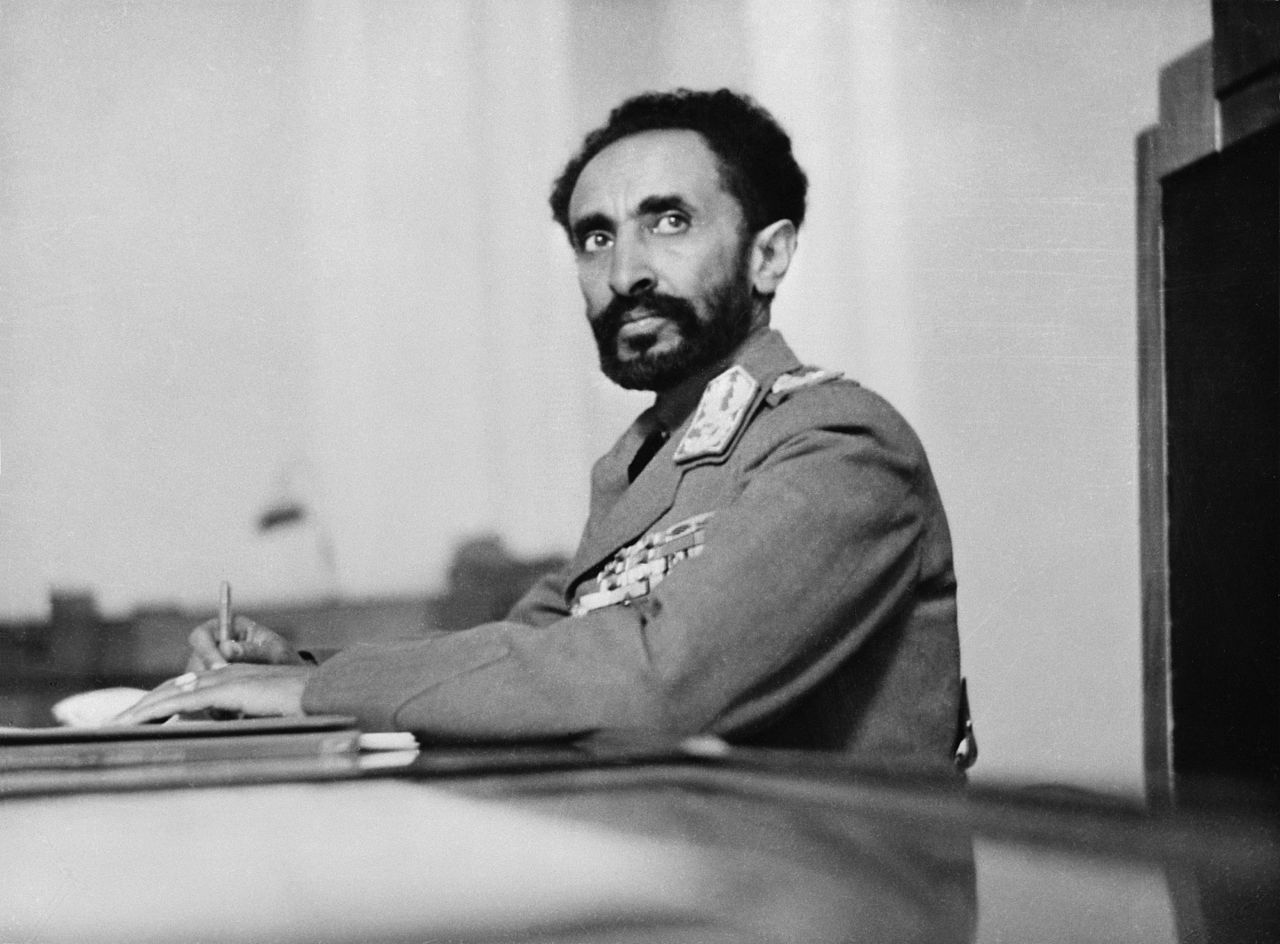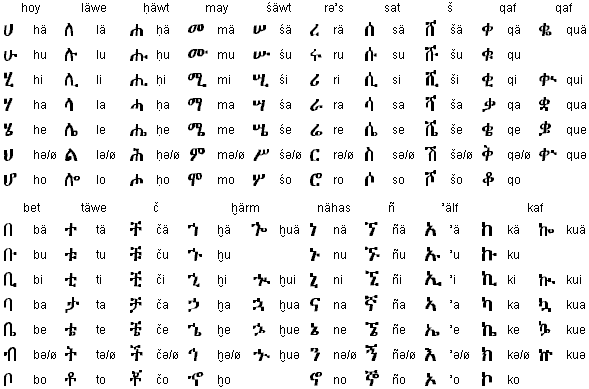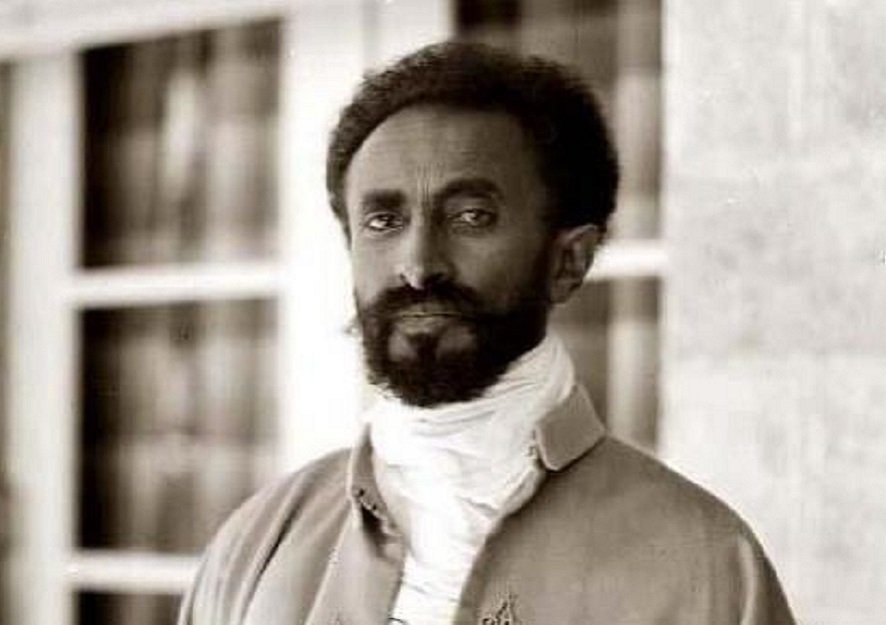Right from the 20th century when Ethiopia’s Amharic was made the official language by Emperor Haile Selassie, it has been seen as one of a kind in Africa, considering most countries have their official languages being that of their former colonizer.
The Amharic, which descended from the earlier Ethiopian language, Ge`ez, and spoken by the country’s Amhara ethnic group, was made lingua franca to unite the diverse populations and facilitate communication.
Yet, experts say that the fact that it was imposed on the people by elites from a particular ethnic group will sometimes fuel feelings of division among the populace.
Amharic, a Semitic language developed within the Afro-Asiatic language family, traces back to 1st millennium B.C. to the days of King Solomon and the Queen of Sheba. According to historians, immigrants from southwestern Arabia crossed the Red Sea into present-day Eritrea and mixed with the Cushitic population.
“This union resulted in the birth of Ge’ez (ግዕዝ), which is the language of the Axum Empire of Northern Ethiopia. It existed between the 1st Century A.D. and the 6th Century A.D. When the power base of Ethiopia shifted from Axum to Amhara between the 10th Century A.D. and the 12th Century A.D., the use of the Amharic language spread its influence,” writes Amharic.com.
Ethiopia currently has over 80 ethnic groups and almost a hundred languages. The Amhara ethnic group constitutes only about 27 per cent of the population, but their mother tongue is what is spoken among nearly 22 million people in the country as a first language.
Amharic has over 4 million second-language speakers within the country and a further 3 million around the world, according to records. In other words, even though the regional governments can use different languages in their constituencies, the federal government operates on Amharic.
So how did Amharic supersede the various languages to become Ethiopia’s first language:
Since the late 12th century, Amharic has been spoken in Ethiopia in various industries, including the legal system, commerce, communications, the military and religion. However, the actions of various emperors in the 19th and 20th centuries gave the language the importance it has at the moment.
According to an article on African Arguments, Emperor Tewodros II (1855-1868) was the first to make Amharic a literary language, elevating it into written form. Unlike his predecessors, he ensured that his royal chronicles were written in Amharic rather than Ge’ez.

Between 1872 and 1879, Emperor Yohannes, who was a Tigrigna-speaker, used Amharic in his correspondence with regional kings with the hope of unifying the state.
Emperor Menelik (1889-1913) subsequently ensured that Amharic became the language of Ethiopia’s rulers and elites before Emperor Haile Selassie would declare it Ethiopia’s official language between 1930 and 1974.
Having targeted the general population, he introduced a legal framework and language policy with a purpose to ease communication across the various linguistic groups. The African Argument report says that during his reign, Amharic was the only language used in primary schools and for government activities.

It would eventually be considered a Holy Language for the Rastafari religion, which got its name from Amharic words Ras, literally signifying ‘head’, and Täfäri, the name used by Haile Selassie prior to his reign as Ethiopian regent and emperor. The religion uses Amharic in music and as a second language for many of its followers.
Today, although there are many dialects that are spoken throughout Ethiopia, including Tigrinya, Oromiffa/Affan Oromo, Amharic is the most popular and widely used. Its writing system, which uses a semi-syllabic system, is called Feedel (ፊደል).

It has 33 basic characters with each having 7 forms for each consonant-vowel combination. Unlike Arabic, Hebrew or Syrian, Amharic is written from left to right.
Widely studied in Ethiopia, Amharic is also used as a medium of instruction for primary level education in Addis Ababa, the capital city of Ethiopia. It is part of the school curriculum in most elementary and secondary levels of education. It is also studied in various universities in America and other developed countries as an elective course, said Amharic.com.
Many novels and poetry books, as well as dictionaries and journals, are increasingly being written in modern Amharic.
Despite concerns that the development could encourage divisions in the country, Amharic has grown to become a nation-building tool, facilitating communication and being essential to understanding Ethiopian culture.










